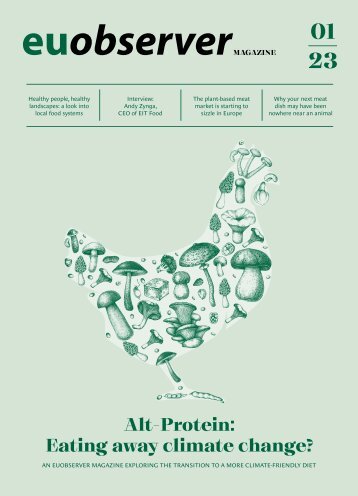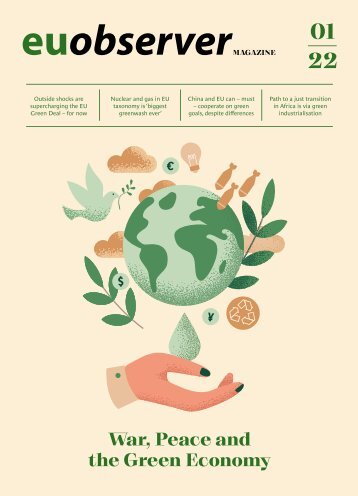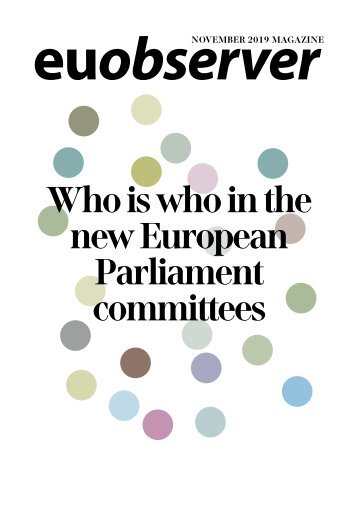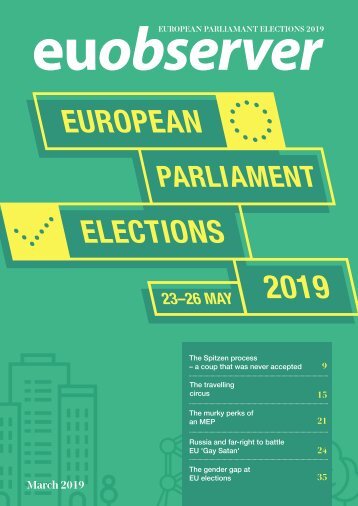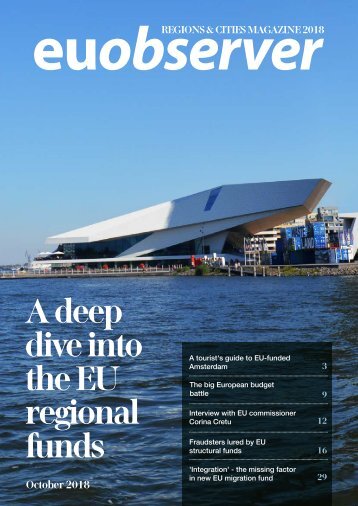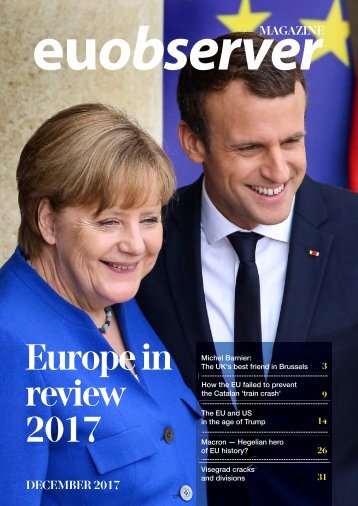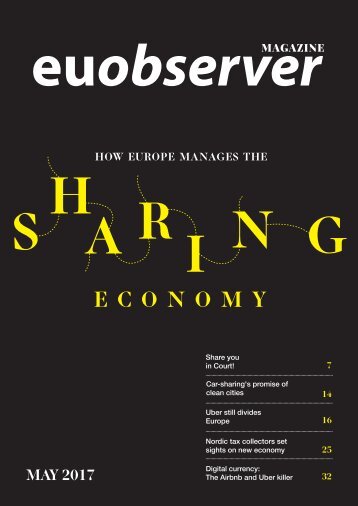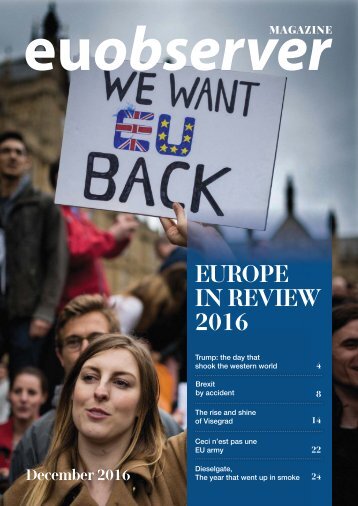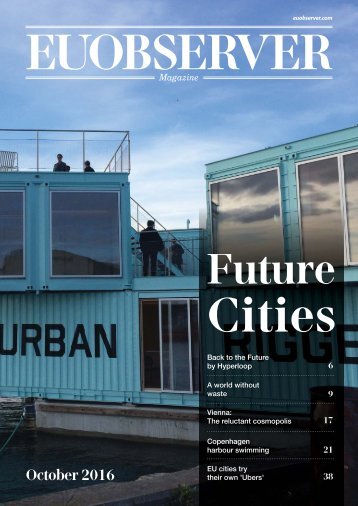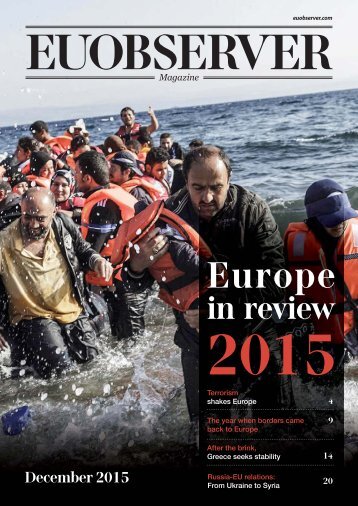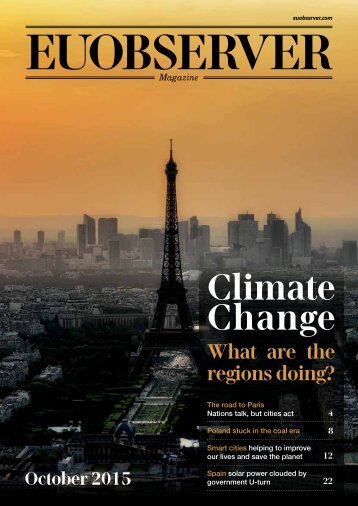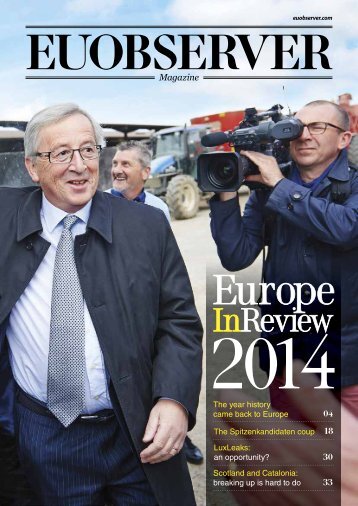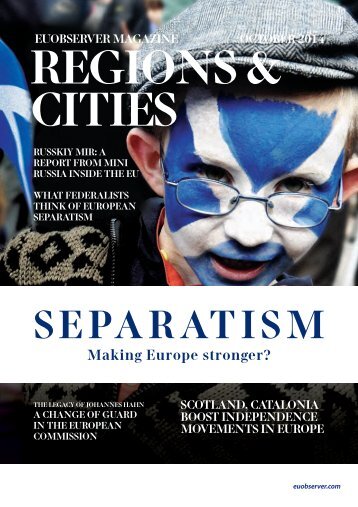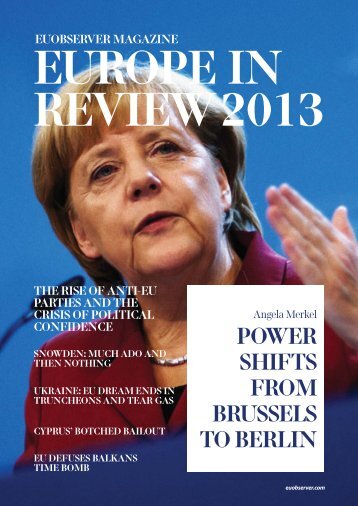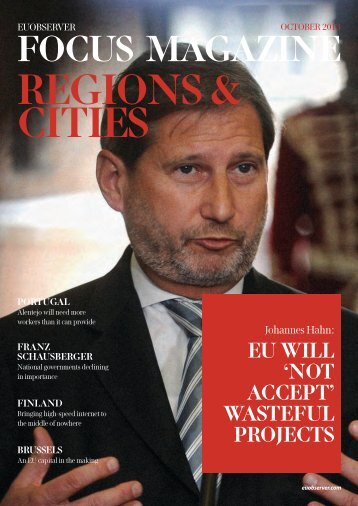Separatism: Making Europe stronger?
- Text
- Mir
- Efa
- Regions
- European
- Cities
- Regional
- Scotland
- Catalonia
- Economic
- Projects
- Referendum
- Scottish
SCOTLAND, CAT
SCOTLAND, CAT INDEPENDENCE MOV The energetic pro-independence campaigns in Scotland and Catalonia By: Valen The pro-independence referendum in Scotland might have failed and the upcoming public consultation in Catalonia may be illegal under Spanish law, but their energetic campaigns have inspired movements elsewhere, says Gunther Fritz Dauwen, director of the European Free Alliance. Dauwen said the mood around separatism has evolved since his organisation was established over 30 years ago. “What we see is certainly a boost in the self-confidence of more and more movements and parties. There is also a surge in press attention, so that’s a good thing for us.” While some independence parties - like the ones in Scotland and Catalonia - may be left-wing, other parties, like the Bayernpartei in Bavaria or the N-VA in Flanders are right-wing. Getting along is not always a given, but it works as long as certain principles are upheld. “We are civic nationalists, inclusive nationalists, we draw a red line when it comes to violence, racism and xenophobia,” Dauwen said. The far-right Italian party Lega Nord, which unilaterally declared the independence of Padania, was expelled from EFA in the 1980s “because they turned towards a racist xenophobe discourse and there we drew a clear line”. 6 REGIONS & CITIES 2014
ALONIA BOOST EMENTS IN EUROPE are an inspiration for other pro-independence movements in Europe. tina Pop Meanwhile, not all parties want their part of the country to become an independent state. “We have more or less three clusters. We have one cluster of parties who only want to be recognised as a minority. The Macedonian minority in Greece and Bulgaria are claiming that. They are not asking for autonomy or independence. Then you have the Breton and the Occitans who claim autonomy, but not independence. And the third category is that of parties who want independence - the Catalan, the Scots, the Basque party, N-VA, the Sardinians,” Dauwen said. He noted that in the recent EU elections, EFA’s ranks swelled from seven to 12 MEPs, reflecting the rising popularity of these movements. The EFA group sits together with Green MEPs in the European Parliament. The group’s current priority is to have meetings with the incoming presidents of the European Commission, Jean- Claude Juncker, and the European Council, Donald Tusk. “We did so in 2005 with [commission chief Jose Manuel] Barroso and with [council chief Herman] Van Rompuy in 2010. We explained to them that if they continue to ignore regions and stateless nations, then it’s actually the European institutions themselves who are promoting independentism,” Dauwen said. He gave the example of Catalonia which wants to have Catalan recognised as an official EU language, something not possible because the EU only accepts official languages of states. Map of pro-independence or pro-autonomy movements in Europe “If Andorra tomorrow becomes a member of the EU, with 200,000 inhabitants, they will be a state, with an official language, which is Catalan. That motivates them [the Catalans] to become a state,” Dauwen said. But overall, the EFA does not necessarily stand for regions breaking away from bigger states, so much as for power being acted out at the most local level possible. “What we are pushing for is subsidiarity, which is an EU principle. And a federal approach,” Dauwen said. REGIONS & CITIES 2014 7
- Page 1 and 2: EUOBSERVER MAGAZINE OCTOBER 2014 RE
- Page 3 and 4: New EU regional aid rules have inbu
- Page 5: EU regional projects see ‘encoura
- Page 9 and 10: advertisement YES! Sí sí! Votarem
- Page 11 and 12: The police is investigating three m
- Page 13 and 14: est of the UK. Despite being the co
- Page 15 and 16: GLASGOW: Ahead on Roma inclusion Gl
- Page 17 and 18: advertisement European climate act
- Page 19 and 20: Civil Guard to go to the “rebelli
Inappropriate
Loading...
Mail this publication
Loading...
Embed
Loading...

